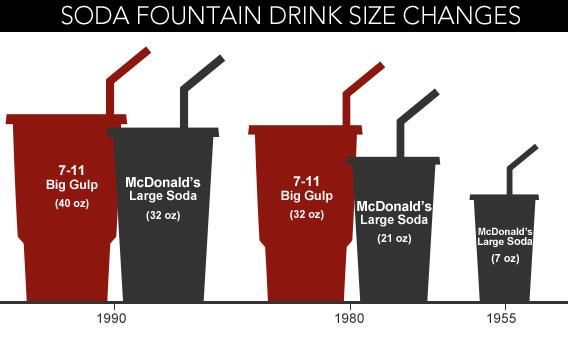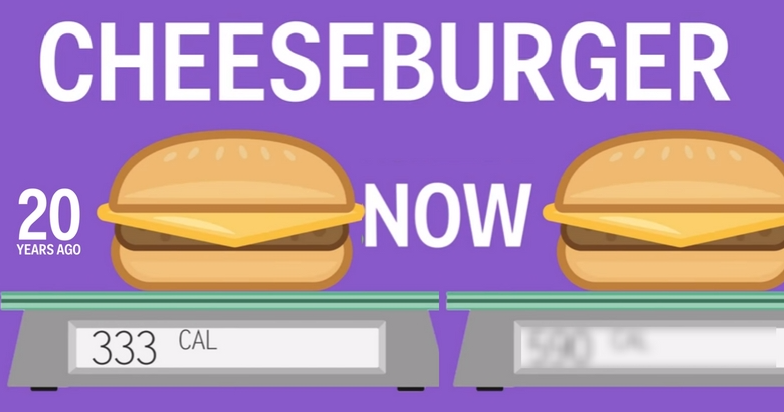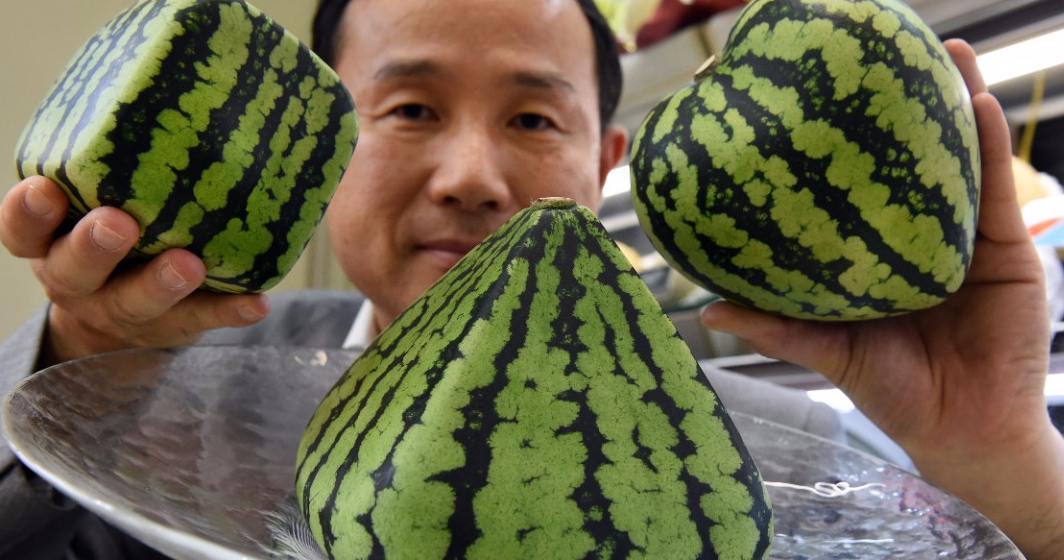Bigger is not always better when it comes to portioning your food. Consuming empty calories that turn to sugar, not only leaves you feeling hungry, but can cause a plethora of health problems like obesity, heart disease and diabetes.
Baseline portions of our snacks and meals have grown as much as 138% since the 1970s. From the amount of fries you get on your plate, to the size of the bagel you order, the increase in portion size is telling about the health of our population.
In competition with each other, restaurants often serve up portion sizes that make you feel like you are getting more bang for your buck, when you really don't need to eat all the food in one sitting.

"There's quite a body of research out there that has proven no matter how you serve the food "” whether in a bowl, a cup, a plate "” the more you're served, the more you'll eat," says North Carolina State University professor and nutrition specialist Carolyn Dunn, PhD, chair of North Carolina's Eat Smart, Move More initiative. "It doesn't matter how hungry you are or what you ate earlier, you generally eat more than you need to if it's put in front of you."
Continue to the next page to see how portion sizes have changed for your favorite meals.
Experts agree that portion sizes isn't the only reason why 65% of Americans are overweight or obese, but overeating is part of the overall reason. Women consume over 335 more calories per day than they did in 1971 and men 168 more per day.
Restaurants, where Americans spend half of their food dollars, set the norm for what constitutes a satisfying plate at home.
What the video that Business Insider put together comparing portion sizes from 20 years ago to now:
Will this make you think twice about the portions you're serving yourself?

